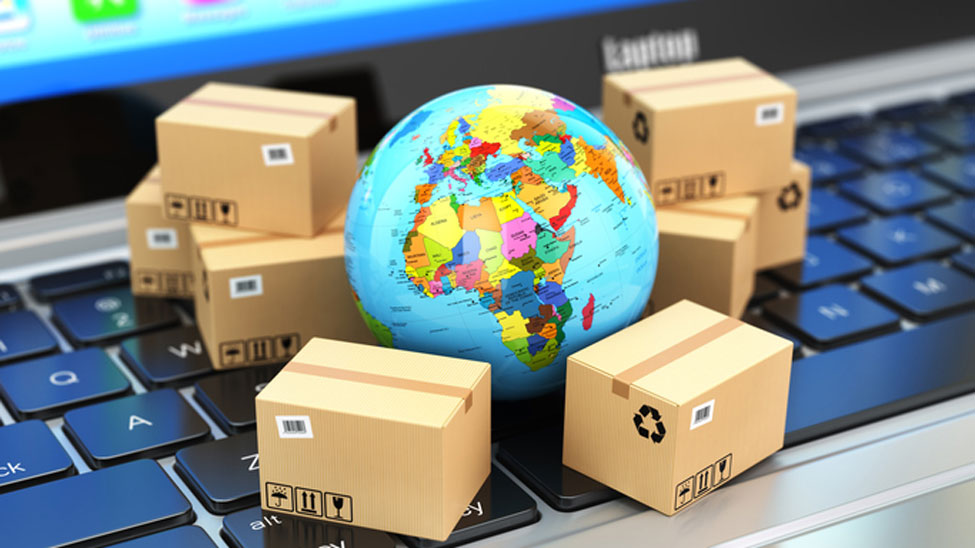The days of businesses setting the terms for customers may be at an end, and Posts who align their businesses in a customer-centric way will come out on top, particularly in last mile flexibility, according to Petri Princis, Senior Business Developer of PostNord, the post provider in Denmark and Sweden.
Princis, whose job is to develop last mile arrangements, says the recipient is really all that matters. Customers determine when, where and how their packages will be received, and posts will be hired again based on their experience.
“Last-mile orchestration is next generation logistics,” he says.
PostNord created an app for customers to track their shipment and choose how they will receive it--at home or at a retailer or parcel locker. Other features include augmented reality to get a sense of the parcel size; customers can also see real-time tracking on a delivery map, including how many stops are left before they receive the parcel.
The Post also updated their parcel locker service so that there are no longer text messages with codes the receiver needs to enter.
No matter what the PostNord customer chooses, there is always a request for feedback.
“I can’t stress this enough, because the recipient doesn’t want the fuss,” he says. “They really want their goods as fast as possible and frictionless. If we, and our app, can provide this experience, for sure we will be hired again.”
Customers continue to grow ever more demanding and the pandemic has only accelerated this trend. Kevin Seller, VP of sales at Escher, says we have seen five years of change happen in the last five months.
“We’ve begun to see changes to the traditional customer journeys and the central themes really are around convenience, accessibility, supporting online, and more and more self-service based journeys,” Seller says.
The trends in customer behavior indicate a continued increase in customers turning to online shopping and when they do go to physical locations, they prefer self-service options. Customers want their goods immediately and they want it at their convenience.
Seller says that a new customer journey may look something like this when they want to ship a package: They log into a shipping aggregator or a Post website. Then, the customer enters all relevant details themselves, such as names, addresses, any details about the contents for customs declarations and they pay for the parcel online.
The customer is provided with a QR code and later they take the parcel to a self-service kiosk where the code is scanned and a label printed. They then drop the package into a parcel locker. Later the customer will receive a text when the receiver collects the package, maybe also from a parcel locker.
These customer journeys will put an extra demand on our networks as well, he says, so Posts need to be ready to meet these demands by being able to serve the customers in different ways.
One way that Escher has visualized these options is by putting postal services in alternative locations, such as retail and gas stations. Convenience stores have longer hours making postal services more accessible to customers.
“We may need to expand networks quickly and go where the customer wants to go,” Seller says. … “Digital transformation is the absolute imperative, but it’s got to be with a customer-centric perspective and then Posts will discover many, many opportunities along the way that will strengthen their position in the market and long-term sustainability.”
Technologies presented on the third day’s expo sessions showed how Posts can transform in response to the growing customer demand for speed in deliveries.
Delivery has gone from express, to next day, to same day and now to real-time delivery.
For example, in China, Alibaba has promised delivery in half an hour, says Jian Zhang, President of Geek Plus Europe. He says 80 percent of customers are willing to pay a premium for this level of service.
Zhang presented Geek Plus’s robotic solution for the warehouse that improves flexibility and scalability of the logistics network. One key development is their robots with 1.5-meter reach that can access multiple bins and expand warehouse storage capacity by 2.5 times.
Nelson Fernandes, senior vice president for product and global business development at Planet AI, says Posts will continue to be relevant in our highly digital world because humans still need physical goods and Posts play a critical role in fulfilling those needs.
AI can be used to automate tedious, error-prone tasks to increase accuracy and speed. For instance, scanned data could be sent to the sender and receiver both in real time, he says, which would dramatically streamline cross border shipping by reducing the complexity, time, and cost.
